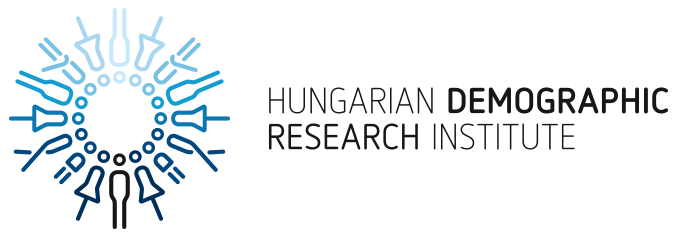Poverty and Deprivation: Assessing demographic and social structural factors
Abstract
The paper will be structured in the following way: in the first section, we will offer a detailed description of the applied concepts of poverty, the reasoning behind them and the ways these concepts are operationalised. In the second section, we will use classic demographic, social and economic variables to show the poverty rate in various social groups and to show the social composition of the poor. In the next sections we will use logistic regression models to examine the factors that increase the risks of falling into poverty and the degrees to which they contribute to impoverishment. The essence of all multi-variate analyses is to enable the researchers to differentiate between causes and consequences because the researcher defines the relations in the models on the basis of his/her ideas. The risks of being poor will be examined according to the prescribed steps shown in the third section, where we included some general considerations about logistic regressions as well. Then, in the fourth to the seventh section we will employ logistic regression with regard to each concept of poverty that could work within the limits of our data-set. The fourth section is a central one. Our model-building will be shown in work, and the influencing factors of income poverty risks will be described and interpreted step by step. Our interpretation in the following sections deals only with the divergences from associations identified in the chapter on income poverty. In other words these chapters presuppose a perusal of the fourth section. The last section is devoted to a summary of the most important findings.

